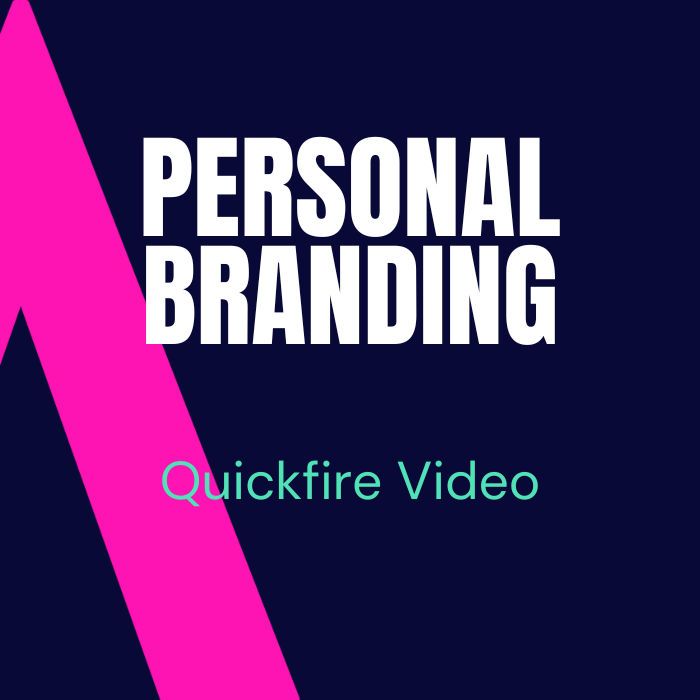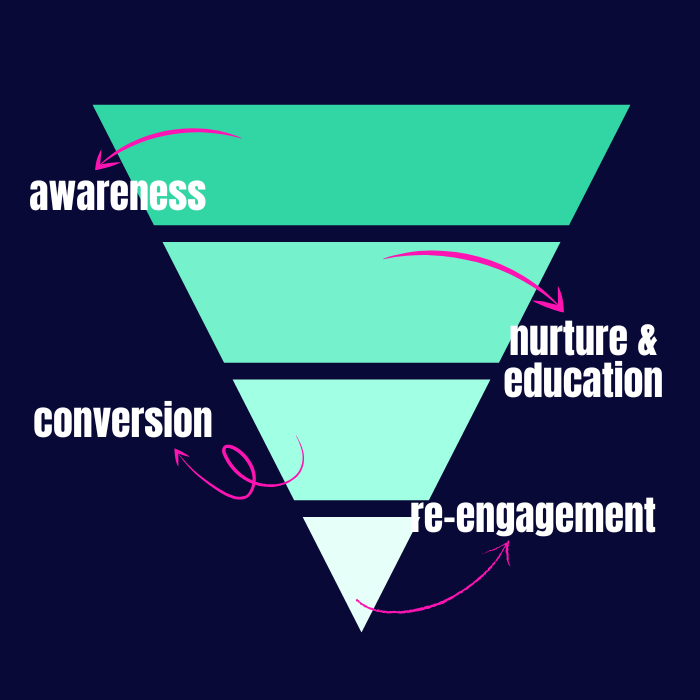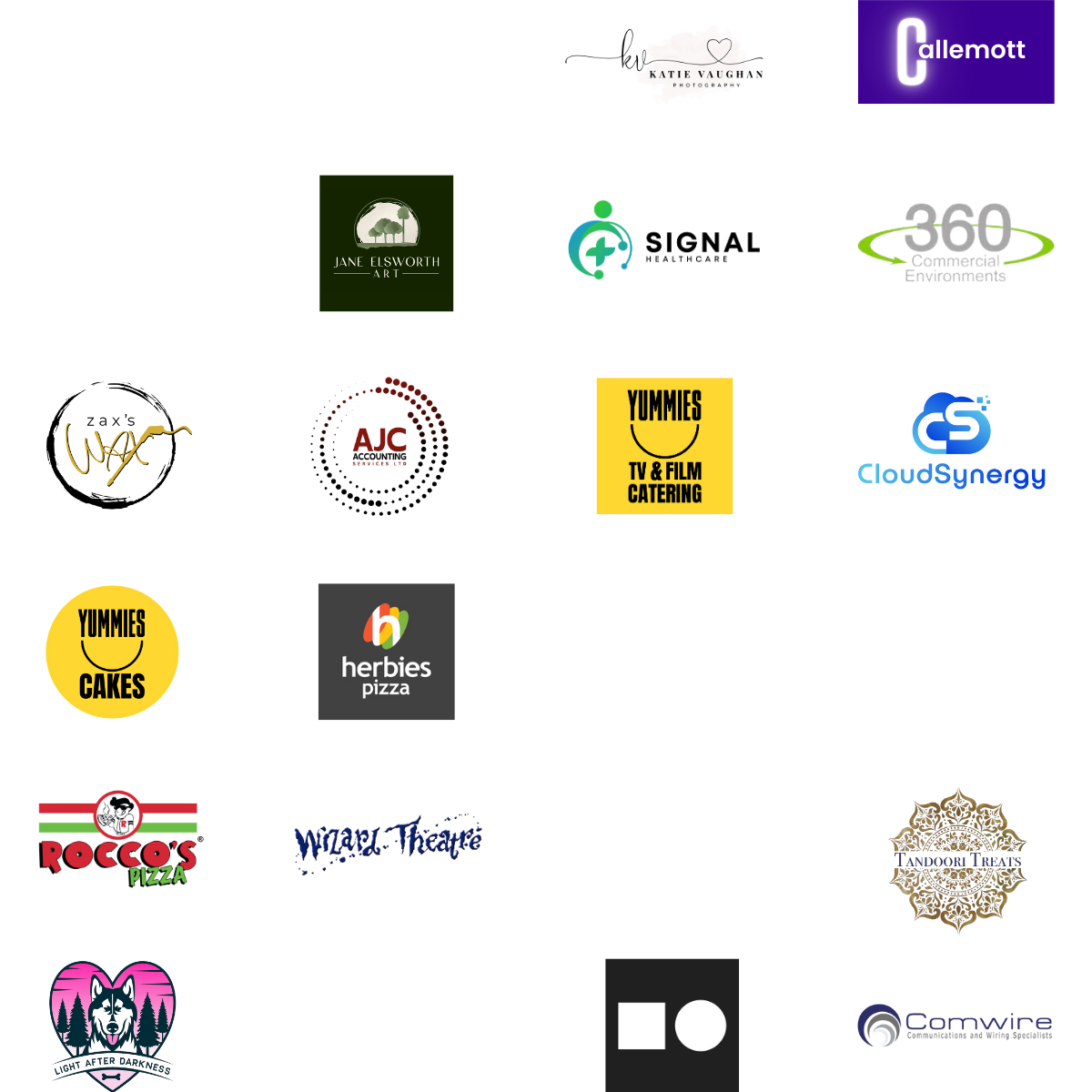Align your product with what customers truly want, by using the Value Proposition Canvas. A tool to help you step into your customers’ shoes, uncover their pains and gains, and craft a solution that truly resonates. Focus on their needs first, and success will follow.
Have you ever launched a product or service, only to find it didn’t resonate with your target audience? You’re not alone.
In fact, 72% of new products/services fail because they miss the mark on what customers actually want. But what if there was a foolproof way to ensure your solution is exactly what your customers need and want?
Products and services need an effective marketing strategy in order to be successful. When it comes to creating content to communicate your value, you need to use messaging that connects with your target audience. It’s no good offering a generic approach as this won’t yield any particular result. You’ll be left with nothing more than a feeble attempt at marketing.
Fortunately, there’s a way to ensure your products or services are exactly what your customers want. What is it? The value proposition canvas.
Introducing the Value Proposition Canvas.
Born from the business model canvas, the VPC is a visual framework that’s split into two separate parts: the customer profile and the value map. It puts you into your customers’ shoes to understand what drives them and how your product or service can solve the issues they face.
By putting your customers at the centre of your strategy, the value proposition canvas helps you uncover insights that not only align your product with customer needs but ensure that you’re solving real problems and delivering tangible benefits.
Start with the customer, not your product/service. When you focus on your customers’ needs, rather than pushing your product or service onto them, you’re more likely to uncover valuable insights that create a much better fit. You can really get into understanding their jobs, pains and gains.
The Customer Profile
On the right-hand side is the customer profile. This is comprised of three sections.
Firstly, there are jobs to be done. These can be functional, such as writing a report; social, like being perceived as a credible leader; and emotional, such as feeling secure in their role. Consider this: What range of jobs does your customer have to accomplish in their role?
Next, there’s pains. What are their biggest headaches when they’re trying to complete their job? Think about obstacles they face, risks and worst-case scenarios. What are they trying to avoid happening or to not be annoyed by?
Finally, there’s gains. What are the wins from them being able to complete their job? Think about how they measure the success of a job well done. These could also include indirect jobs, achieving additional goals through one action.
When you’re filling out a customer profile, you might even have multiple versions for different job roles or demographics. It’s better to have several profiles than one generic customer profile to ensure quality and fit.
Example Customer Profile
Jeff - Sales Manager
Jobs: To get his team billing more and standing out against competitors
Pains: Lack of time to creating a new training plan and the lack of knowledge on tools to stand out in a competitive market
Gains: Limit time out the office for staff. Free extras. Increase in brand awareness / inbounds leads
Note; your VPC will likely have a much longer list of jobs, plans and gains.
The Value Map
On the left-hand side of the value proposition canvas, we have the value map. This is also split into three different parts.
Firstly, there’s services and products. This is where you simply detail all of the products and services you offer. It doesn’t have to be detailed.
Then there’s pain relievers. How do your services/products reduce your customers’ pain points? Think of your pain relievers as solutions. What hurdles or frustrations do your products/services directly eliminate for the customer?
Lastly, there’s gain creators. This is about the value-adds of your product or service. What are the benefits and results that meet or exceed customer expectations? It almost like a bonus that the customer gets on top of completing their job.
You ensure fit by creating a clear connection between what matters to customers and how your products, services and features ease pains and create gains. Remember that your value map has to respond to the customer profile. This is your way to figure out what resonates with your customers.
Once you’ve filled out your VPC, it’s time to talk to your customers or get input from customer facing teams. You can even test your assumptions by conducting surveys or interviews. Ask them about their frustrations, goals, and how they perceive your offering. Based on their feedback, refine your value map to better align with their true needs.
Example Value Map
Jade - Personal Branding Strategist
Service: Personal branding workshop
Pain relievers: The workshop includes over 30 tools and tips for how to stand out through PB. Years of experience and IP captured and shared.
Gain creators: Delivered face-to-face at your office. Additional resources post-workshop to support the teams’ ongoing development.

Communicating Value.
You may not be able to solve every pain point or job your customers have, and that’s okay. Instead, focus on the most pressing issues. It’s better to connect deeply with a few key pain points and jobs rather than trying to address everything. A product that claims to solve all problems is often too good to be true.
By using the value proposition canvas, you should be able to understand where you provide value for your customers. This allows you to communicate it effectively, so you should use this information to help frame your value proposition.
Using the Value Proposition Canvas.
In a nutshell, you use the value proposition in three ways: to extract, identify and build content around.
- Extract the information
- Identify the value you provide
- Build content that makes your value proposition clear
Don’t be a part of of the 72% that fail. Use the value proposition canvas to not only understand your customers’ needs but build a product that truly resonates with them. The result? A product-market fit that sets your offering up for success.
If you don’t have time to complete this job yourself, consider looking at outsourced marketing solutions to do it for you. The VPC is one of BbA’s favourite frameworks.

.png?updated=1739709219)



